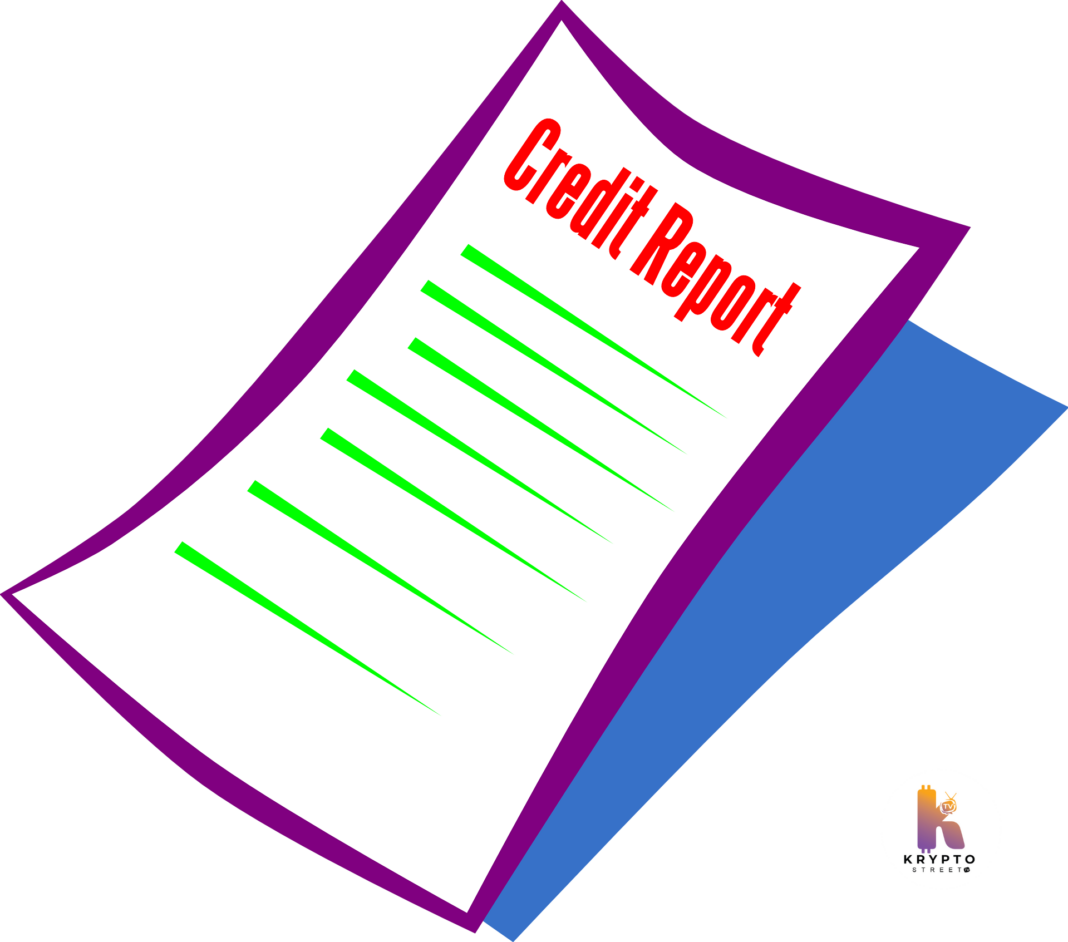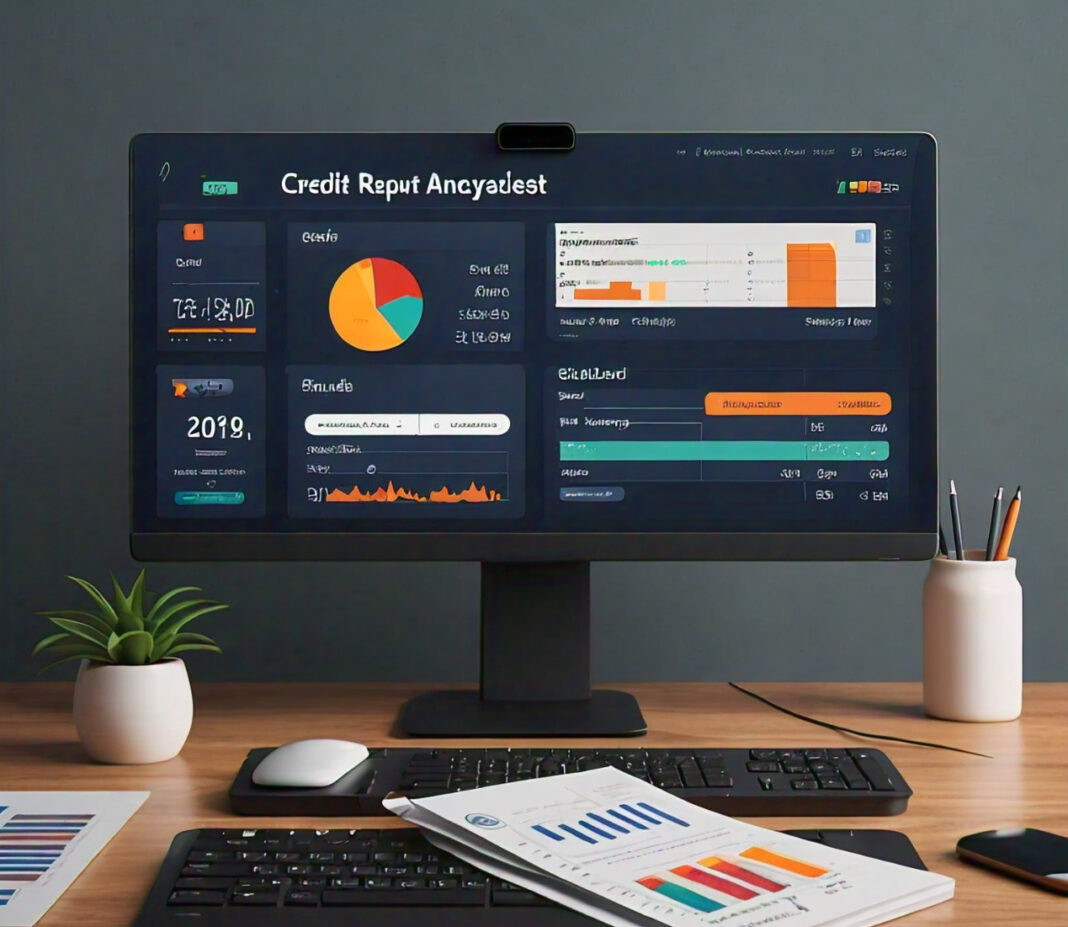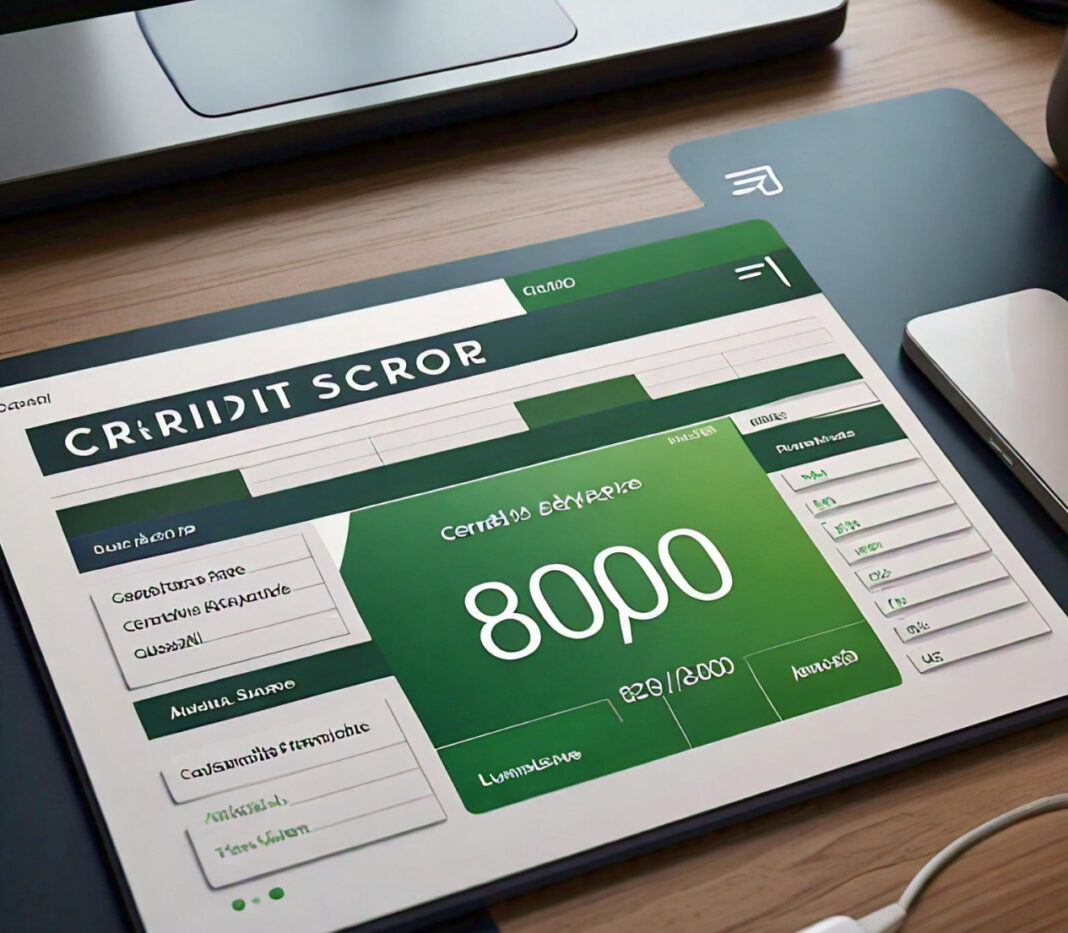Think of this as a journey into your financial past. Your credit report is like a map with plenty of information about your financial habits over time. Like any map, though, it’s useful only if you can read it.
It is important to know your credit standing whether you are applying for a loan or an apartment or simply want to know your financial health. This will help you identify mistakes, understand exactly what lenders see when looking at your credit, and take steps toward improving your financial health.

This comprehensive guide will take you step-by-step through reading a credit report. We will decode the jargon and explain each section, showing you how to use this information to your benefit. By the end of this article, you will be prepared to study your credit report confidently and turn what could be a confusing document into an invaluable tool for your financial future.
So, let us dive in and begin decrypting your credit report!
Understanding the Basics of a Credit Report
First things first, we must understand what a credit report is and why it matters.
What is a Credit Report?
A credit report is a detailed record of your credit history. It reflects how you have handled credit in the past and how you are managing it currently. Lenders, landlords, and even some employers obtain this report to evaluate your financial responsibility.
Who Generates Credit Reports?
In the United States, there exist three major credit reporting agencies, also referred to as credit bureaus:
- Equifax
- Experian
- TransUnion
These agencies collect information from banks, credit card companies, and public records to compile your credit report.
Why Credit Reports Matter
Your credit report can majorly affect much of your financial life. It can affect whether you can get loans and credit cards, what interest rates you’re offered, whether you can rent an apartment, how much you pay for insurance, and even sometimes whether you get or don’t get a job.
Knowing your credit report is the starting point for managing your financial well-being.
Obtaining Your Credit Report
Now that you know what a credit report is and its importance, let’s discuss how to get one.
Free Annual Credit Reports
Thanks to federal law, you are entitled to one free credit report from each of the three major credit bureaus every 12 months. You can request the reports at AnnualCreditReport.com – the only authorized website for free credit reports.
Additional Free Reports
You’re also entitled to a free credit report if:
- You’ve been denied credit based on information in your report
Not employed and expect to apply for a job within 60 days
Receiving welfare benefits
You think your report is inaccurate because of fraud
When to Check Your Credit Report
Checking your credit report at least once a year is a good idea. However, if you plan on making a major purchase, such as a home or car, check your report a few months in advance. This gives you time to correct any mistakes or take issues in your report.
The Anatomy of a Credit Report
Now that you have your credit report in front of you, it’s time to dissect its components. Although the exact layout may vary depending upon which credit bureau generated the report, there are four major sections common to most credit reports:
- Personal Information
- Credit Accounts
- Public Records
- Credit Inquiries
Let’s discuss each of these sections.
Personal Information
This section will include:
- Your full name
- Current and previous addresses
- Social Security number
- Date of birth
Work history
Why it’s important: This is one of those areas that you will want to review thoroughly to ensure accuracy. Mistakes here can be a sign that your identity has been stolen or that your credit files have gotten mixed up.
Credit Accounts
This is typically the longest section of your credit report. The information provided will be about all the credit accounts in your name, which includes:
- Credit cards
- Mortgages
- Auto loans
- Personal loans
- Student loans
Usually, for each account, the following information is usually mentioned:
- Who the creditor is
- Account type
- Opening date of your account
- Credit limit or loan amount
- Account balance
- Payment history
Why it’s important: This gives you a picture of how you have been able to handle credit both in the past and now. This is the meat of your report and bears most of the influence on your creditworthiness.
Public Records
These are financially related public records, like the following examples:
- Bankruptcies
- Tax liens
Public records include: - Civil judgments
Why it’s important: These can drastically reduce your creditworthiness. Fortunately, most adverse public records stay on your credit report for no longer than seven years (except for a few bankruptcies, which may remain for as long as 10 years).
Credit Inquiries
This section lists who has pulled your credit information. There are two types of inquiries:
There are two types of inquiries: 1. Hard inquiries: These occur when a lender checks your credit as part of a loan application process. Hard inquiries tend to lower your credit score slightly.
- Soft inquiries: These occur when you check your credit or when companies check your credit for promotional purposes. They do not affect your credit score.
Why it’s important: Too many hard inquiries within a short period of time can lower your credit score. It also provides a way of discovering someone attempting to fraudulently open credit in your name.
Decoding Credit Account Information
This section represents the heart of your credit report. Let’s delve a little deeper into what all those numbers and codes mean.
Account Status
This lets you know whether the account is:
- Open
- Closed
- In collections
When an account is in collections, it indicates that the original creditor has given up collecting the debt themselves and sold it to a collection agency.
Account Type
Some common types of account types include:
- Revolving (such as credit cards)
- Installment (such as car loans or mortgages)
- Open (such as charge cards that must be paid in full each month)
Payment Status
This reflects whether the account is:
- Current
- 30/60/90/120 days late
- Charged off – this is a status indicating that the creditor has given up on collecting on this debt.
Balance
This reflects the current amount owed to the account.
Credit Limit
If an account is a type of revolving credit, it indicates your credit limit. If an account is an installment loan, it indicates the original amount borrowed.
Payment History
Payment history is often represented in a grid format, with a different box for each month, and may be coded like this:
- OK or blank = payment made on time
- 30 = 30 days late
- 60 = 60 days late
- 90 = 90 days late
This will give you an immediate idea about your current status in payment history.
Reading Your Payment History
Your payment history is a major component of your credit score, featuring close to 35% of your FICO score. Read it as follows:
The Timeline
Your payment history usually goes back 7-10 years. Each row is a different account, and each column is a different month.
The Codes
While codes may vary slightly between credit bureaus, here are some common ones:
OK or blank: Payment made on time
30, 60, 90, 120: Days late
CO: Charge-off (creditor has given up on collecting)
R: Repossession
F: Foreclosure
Patterns Matter
Lenders look for trends in your payment history. One late payment, for example, several years ago, is not as bad as many substantially late payments in recent years.
Recent History is Most Important
Although your credit report reflects a number of years of history, lenders rely more on your recent history. So, even if you have had problems with your credit in the past if you have a good, solid recent history, many lenders will look upon that favorably.
Understanding Credit Inquiries
The inquiries section of your credit report lists anyone who has accessed your credit information. Let’s break down the two different types of inquiries and what they mean for your credit.
Hard Inquiries
Hard inquiries occur when a lender checks your credit as part of a loan application process. Examples of such include:
- Credit card applications
- Mortgage applications
- Auto loan applications
Here are some key things to know about hard inquiries:
- They can slightly lower your credit score
They stay on your report for two years
Multiple inquiries for the same kind of loan (e.g., mortgage) within a short period of time count as only one inquiry for credit-scoring purposes
Soft Inquiries
A soft inquiry happens:
You request a copy of your credit report
A merchant checks your credit for promotion purposes
An existing creditor checks your credit
Important facts to know about soft inquiries:
They do not take away from your score
They only show up for you and not for would-be lenders.
Why Inquiries Count
If too many hard inquiries occur over a very short period of time, any lender will raise a red flag. This could indicate to a potential creditor that you’re desperately seeking credit or taking on more than you can handle.
Finding and Fixing Mistakes
Credit report mistakes are quite a bit more common than you might think. Here’s how to find and fix ’em:
Common Types of Errors
- Inaccurate personal data
- Accounts belonging to others
- Accounts reported closed but still showing open
- Inaccurate account balances or credit limits
- Accounts incorrectly reported late or delinquent
How to Dispute Errors
If you find an error:
- Write to the credit reporting company and the information provider (the company that provided the incorrect info to the credit bureau).
- Explain which information you believe is inaccurate.
- Attach copies (not originals) of documents that support your position.
- You may want to use the FTC’s sample dispute letter for guidance.
The credit bureaus then have 30 days to investigate and respond to your dispute.
Using Your Credit Report to Improve Your Credit
Now that you can read your credit report, you can use that information to improve your credit. Here are some strategies:
Focus on Payment History
Since payment history is the most important factor contributing to your credit score, ensure that all your payments are timely. If necessary, set up automatic payments or reminders.
Monitor Your Credit Utilization
Pay attention to your balances in relation to your credit limits. The lower your balances, the better your credit score will be; try to keep your credit utilization below 30%.
Dispute Items Pulling Down Your Score
If you have collections or other negative items on your accounts, you may want to take action to remove them. Sometimes, you can negotiate with the creditor to remove negative items if you pay the balance.
Be Careful with New Credit
It is true that new accounts can help your credit mix in the long run. However, too many new accounts or too many credit inquiries in a short time can lower your score. Go easy on new credit applications.
Don’t Close Old Accounts
The longer your credit history, the better. If you have old credit accounts in good standing, don’t close them, even if you do not use the cards that often.
What’s Ahead for Credit Reports
Looking ahead, several trends are influencing the future of credit reporting:
Alternative Data
There is increasing momentum to add alternative data to credit reports, such as rent payments and utility bills. This may be one way people with limited traditional credit histories can accelerate their development of credit profiles.
Real-Time Reporting
The newest technologies could bring even more real-time credit reporting, including updated information on credit in real-time.
More Consumer Control
Equally, there is a drive for greater consumer control over credit data, including the right of the consumer to easily freeze and unfreeze their credit reports.
Artificial Intelligence
This use of AI and machine learning can analyze credit data in previously impossible ways, resulting in more subtle credit assessments.
Conclusion
Understanding your credit report is a major part of good financial literacy. It allows you to take control of your credit, identify mistakes, and make active decisions about your financial future.
Remember that your credit report is a living document that changes constantly. It reflects your continued financial behavior; hence, its shape lies in your hands. By regularly reviewing your credit report and examining its meaning, you can work towards improving your credit over time.






